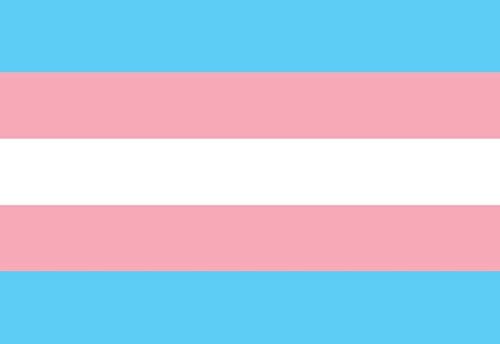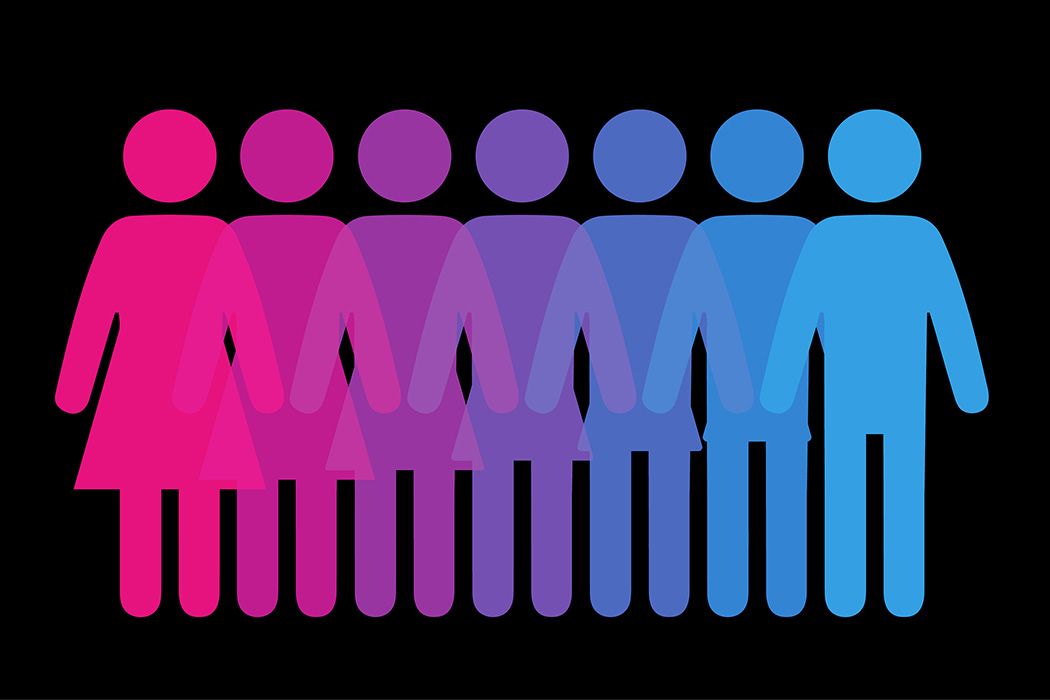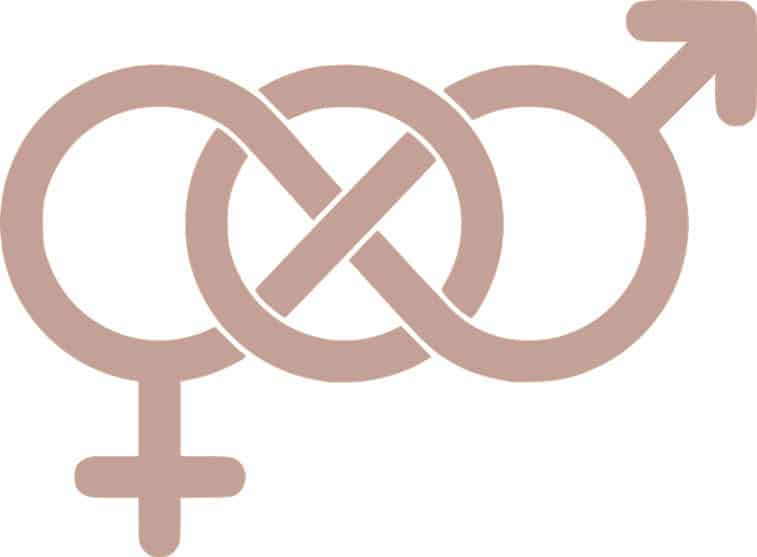Shabbat Gathering: Judaism’s eight genders.

Dear Chevra, as is our custom, we will gather tonight at 5.45p ct to welcome Shabbat. These are the coordinates:
Zoom
Meeting ID: 963 5113 1550
Password: 1989
Phone: +1 312 626 6799
(To unsubscribe from the newsletter, click the link at the very bottom of this email.)
Here we go.
A couple of weeks ago in the newsletter on the midrash of Lilith, I mentioned how there are two stories about Hashem creating people. In the first story, it appears that Hashem created male and female at the same time. Actually, this story can be read a slightly different way: Hashem created a single being with both male and female attributes and then split them apart into separate beings. And this is probably the beginning of how Judaism comes up with eight different genders.
I take it for granted that Torah is out of date when it comes to understanding gender issues. On the one hand, what do we expect of a text that’s centuries old. On the other hand, today there are multiple, vigorous discussions about how to bring Torah up-to-date regarding gender. Talmud is an open source document and new thoughts are simply part of the eternal process. One area I’ve always been a bit surprised about is how Talmud recognizes eight distinct genders. While this doesn’t meet our own contemporary view of non-binary, full spectrum gender, it is surprisingly progressive.

According to Mishnah, composed around 200 ce and the foundation for the rest of Talmud, there are eight different genders that are arrayed on a biological scale.
- Zachar, male.
- Nekevah, female.
- Androgynos, having both male and female characteristics.
- Tumtum, lacking sexual characteristics.
- Aylonit hamah, identified female at birth but later naturally developing male characteristics.
- Aylonit adam, identified female at birth but later developing male characteristics through human intervention.
- Saris hamah, identified male at birth but later naturally developing female characteristics.
- Saris adam, identified male at birth and later developing female characteristics through human intervention.
These physical categories from the Mishnah don’t cover psychological elements of gender, but, nevertheless, for a document that’s centuries year old, the Talmud is surprisingly progressive, especially in contrast with fundamentalist gentiles.

We live in an age and society cursed by multiple, ongoing traumas about gender and each trauma seems to arc back across centuries. But at least today, there’s much more open discussion of gender rights even though the discussion seems to be fraught with ignorance and fire from conservatives. We have the right to pursue our happiness based on the gender identity we are comfortable with. And we need to resist the idea of gender “cubby holes” altogether.
As Jews, we have a lot to answer for, but compared to other religions, particularly the fundamentalists in those religions, we seem to be working from a slightly a more enlightened position.
And may it be for all of us a blessing.
See you tonight!
Gut Shabbes!
All my love,
brian.
PS
I'm not a fan of Halloween. People running around in masks kind of freak me out. And my children attended a Jewish school where Halloween was not celebrated as it's a Christian / Pagan holiday. Nevertheless, I do believe in demons, just in a Jewish context.

There's an odd publication call Hey Alma, owned by 70/Faces media which is also the owner of My Jewish Learning, The Nosher, and the Jewish Telegraphic Agency (where I've been published).
Anyway, Hey Alma, is a lighthearted, feminist take on being Jewish that trends towards celebrity spotting and listicles. Just before Halloween, it published a well researched article on Jewish demons and what to do about them. Here's a link to the article in case you're interested. From the article, here's something you might not know about how to protect yourself from demons:
Because fear of demons in bathrooms was pervasive, the Gemara relates: Abaye’s mother raised a lamb to accompany him to the bathroom. The Gemara objects: She should have raised a goat for him. The Gemara responds: A goat could be interchanged with a goat-demon. Since both the demon and the goat are called sa’ir, they were afraid to bring a goat to a place frequented by demons.
Now you know. And now I'm even more, than ever before, convinced that we can find everything in Talmud.